Building a coaching culture in customer support will help you nurture and grow your talent. Especially if you believe your team has more potential than their current performance level, engaged agents tend to stay longer.
While there are many different types of workplace cultures you can invest in, a coaching culture will undoubtedly have a significant impact on performance.
A Gallup study on companies who have incorporated a coaching culture into their management process found that of the groups they studied, the majority demonstrated the following range of performance increase:
- 3% to 7% higher customer engagement
- 26% to 72% lower turnover (in high-turnover organizations)
- 9% to 15% increase in engaged employees
What is a coaching culture?
To build a coaching culture, you’d have to change existing unwritten rules, behaviors, and practices. You need to develop a coaching mindset and techniques from the ground up so it becomes an integral part of your customer service identity. It’s a culture of transparency and growth that emphasizes providing regular feedback creating a more engaged and energized workforce.
“Coaching is unlocking a person’s potential to maximize their own performance. It’s helping them to learn rather than teaching them.” — Tim Gallwey
A coaching culture can improve the way employees interact with each other, as well as improve the interactions they have with customers. Having a coaching culture means that your employees are supported to improve, learn new skills and become greater assets to the company.
The foundation of any organization is its workplace culture, and a common culture helps bind everyone together. If you don’t have a solid foundation, you just have offices employees share — a fractionalized organization unable to reach its full potential.
With a coaching culture at work, people can freely:
- Give and receive feedback
- Support and challenge each other’s thinking
- Engage in conversations focussed on development that are short in length but strong in impact
Essentially, creating a coaching culture starts with improving conversations.
Often, coaching, mentoring, and training are lumped together when it comes to performance management and career development. But, it is essential to note that there are tangible differences. Though each can impact workplace culture, they serve a different purpose. Coaching deals with specific tasks and skills, while mentoring focuses on longer-term development.

What are the benefits of creating a coaching culture?
The benefits of a coaching culture are significant. Research has shown that companies who develop a coaching culture are more likely to have:
- Stronger leadership
- Lower turnover
- Greater engagement
- More effective communication
- Better teamwork
- Higher satisfaction rates
- And employees who take greater responsibility for their actions
After all, 93% of employees say they will stay longer in companies that invest in coaching and their career development.
And, retention rates are 34% higher when professional development opportunities are offered.
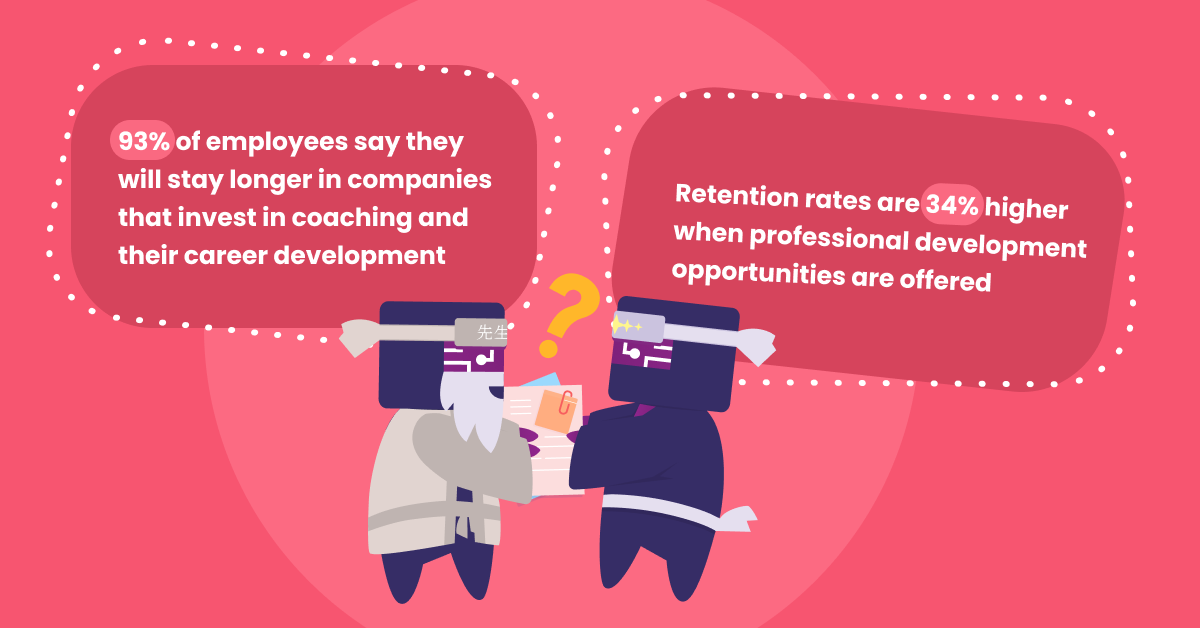
Despite the assumption that coaching only happens to lower-level employees from their boss, a fully developed coaching culture enables everyone in the organization to become a coach. A coaching culture that benefits everyone, not just those in leadership positions or the top performers.
Coaching develops a culture defined by active listening, constructive questioning, individual empowerment, and holding real two-way conversations at every level. It offers a systematic approach to help people set and work towards goals. When open and honest conversations take place, giving feedback becomes a habit and these habits form the foundation for a coaching culture.
How to build a coaching culture?
The benefits of a coaching culture are undisputed, but how do you build a coaching culture? How do you entice its adaptation?
Well, start small. Build from there.
Often, when asking agents to change their approach to handling customer interactions, they resist. Change can be hard. People don’t like being taken from their comfort zone or changing the status quo.
Rethinking your approach by implementing the right strategy and coaching tools can significantly improve their performance and establish a coaching culture in the workplace that works.
1. Identify a simple coaching model
There are many different coaching frameworks to use, such as GROW, THINK, Wish, and Two-star models. These will help you to guide agents to identify goals and collaboratively create an actionable plan.
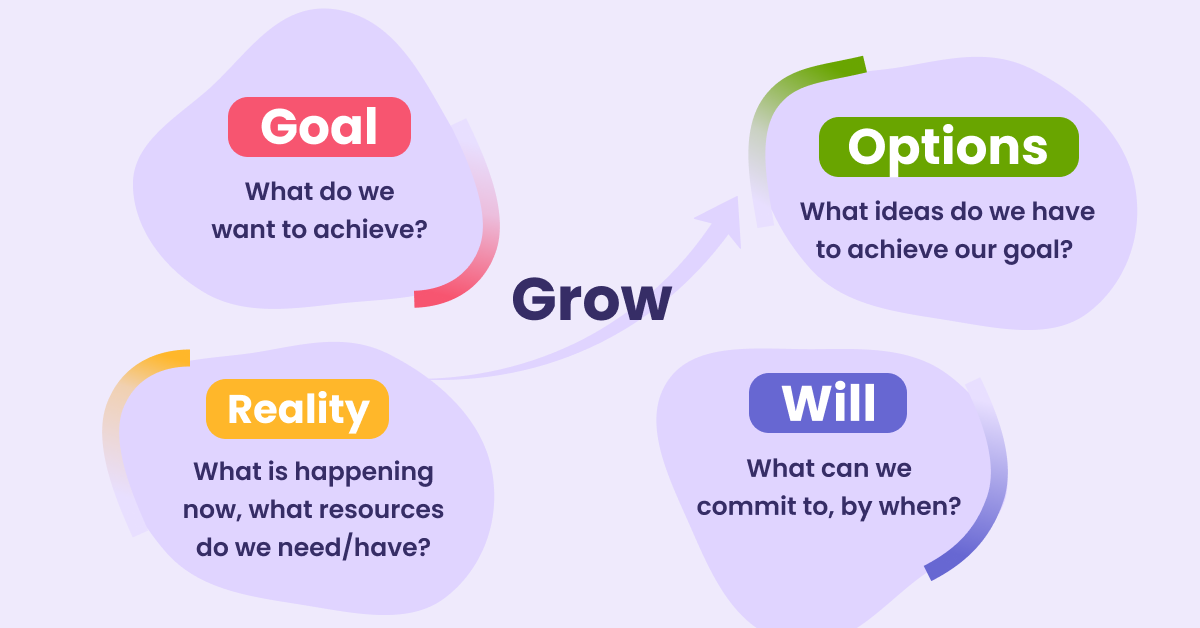
2. Use micro-coaching
Micro-coaching involves providing individuals feedback throughout the workday to offer one-on-one coaching. It either be to give recognition to someone for delivering high-quality service. Or provide advice, tips, or strategies to respond effectively to difficult customer service interactions.
When you coach a team member immediately after an interaction that has room for improvement they get more context and actionable feedback. It provides them with a tangible example to help improve their performance more effectively.
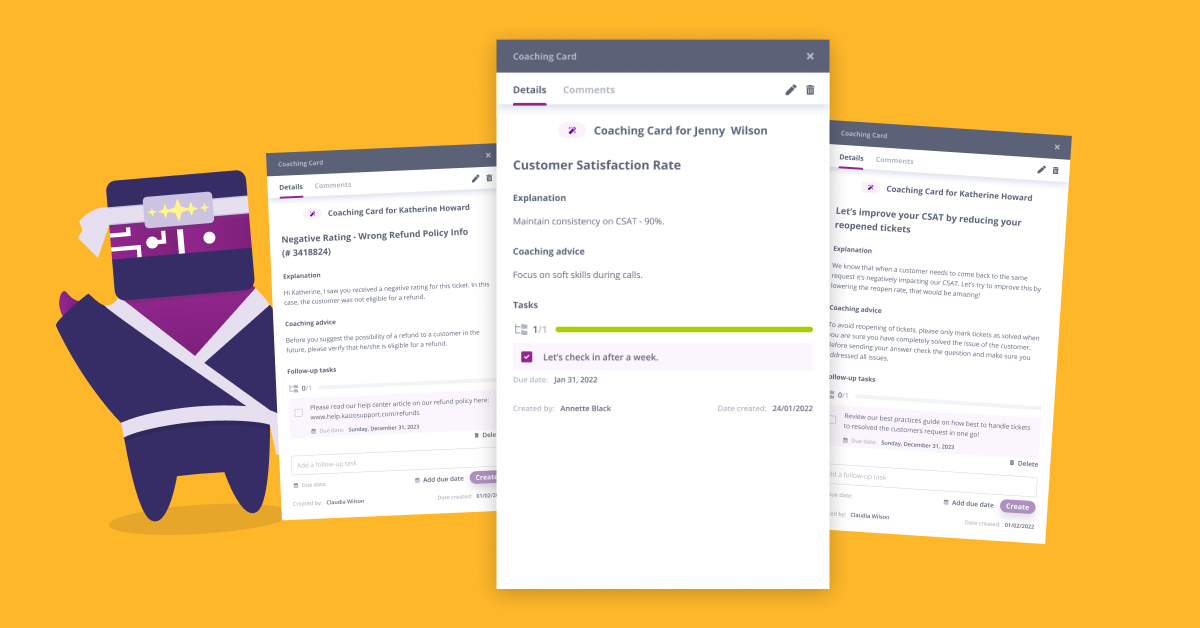
3. Apply data
Use your team’s performance data to provide evidence-based coaching. Having easy access to the data of your team’s performances and reviewing it with them during a coaching session can help you and them. It will allow you to identify strengths and weaknesses to spot areas for improvement. Their performance data will also help you track their growth and development.
It will also help you to provide contextual examples so your team members can understand how your advice applies to a specific scenario or customer service in general. This way, you can guide them to better understand how to use customer service techniques in practice.
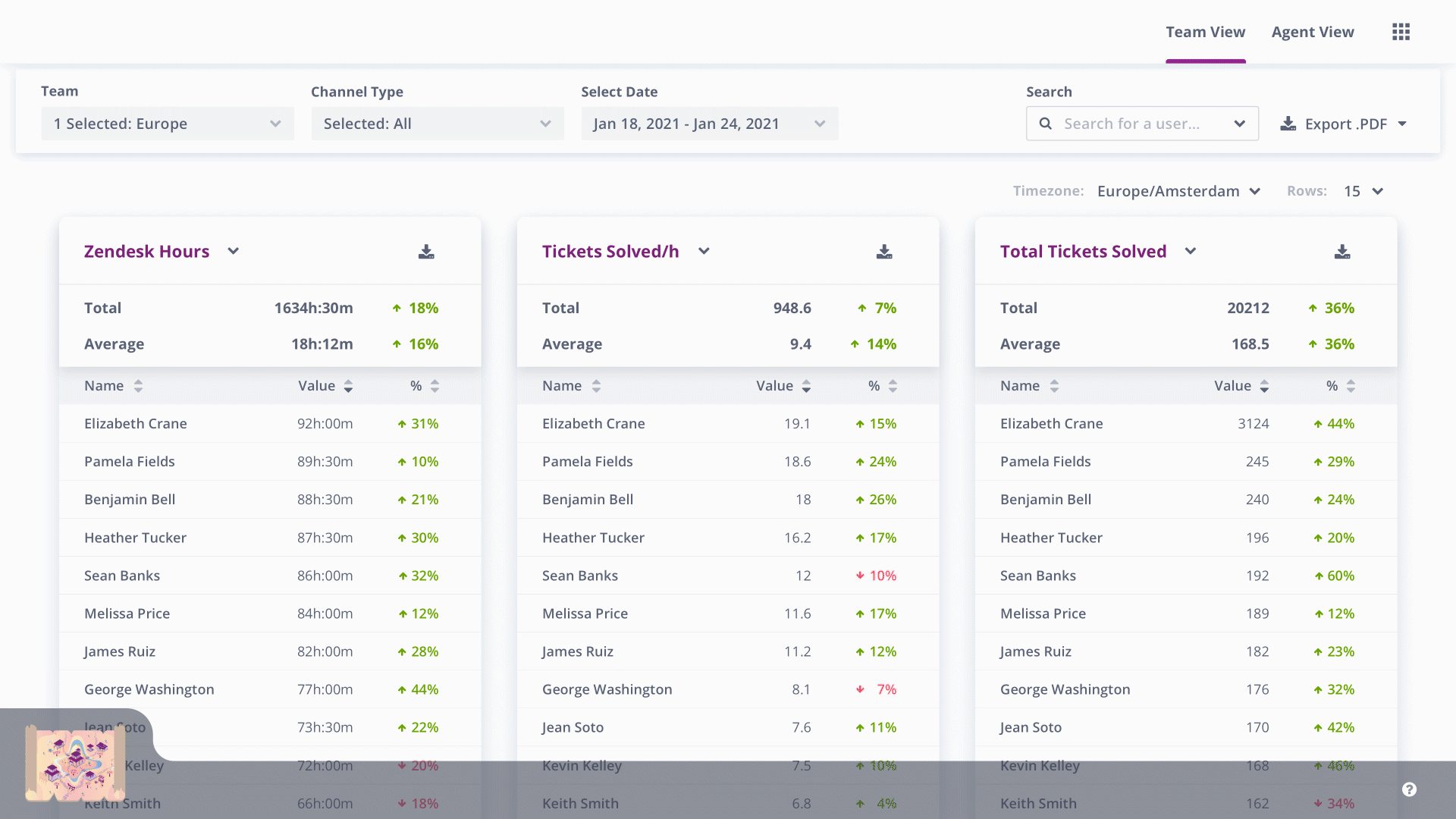
4. Keep it simple and actionable
Make sure your advice is simple and easy to implement. Agents are more likely to respond better to feedback when they feel more confident in using new strategies. It can make them feel more capable of meeting your expectations. Actionable feedback lets your agents immediately incorporate the new customer service strategies and templates into their work.
5. Start with positive feedback
Make a feedback sandwich — placing negative feedback in between two positive statements. When you start your feedback by providing one or more points of specific, positive feedback, it will help them feel more confident. It will also help them be more receptive to feedback that may be less positive. Recognizing your employees’ strengths makes them feel motivated while providing only negative feedback will have the opposite effect.

6. Build a coaching routine
Just like an athlete can’t reach the top without daily training sessions, your culture won’t be changed if it isn’t routine. Make it second nature. Decide what works best for you and your team. Daily check-ins, weekly sessions, or just quick, informal one-to-one coaching — or a combination of all. If it positively impacts the entire team’s performance, you will know which routine best works for you. The adage is simple but true: practice makes perfect.
7. Don’t make coaching an evaluation tool
Employees aren’t always excited about coaching. Many think it is just a way to be told that they’re not good enough. It is important to remember that building a coaching culture requires everyone to become a coach to their peers and be coached by team leaders. It’s more about collaboration than evaluation.
Not everyone will be happy about a coaching culture, and many won’t want the responsibility it entails. General arguments against coaching range from not having enough time, know-how, opportunity, or tools to coach effectively. That is where the right performance coaching tool proves invaluable.
Choose a performance coaching tool
When it comes to coaching agents for improved performance, no matter which coaching model you choose to use, you should aim to improve their performance through three channels:
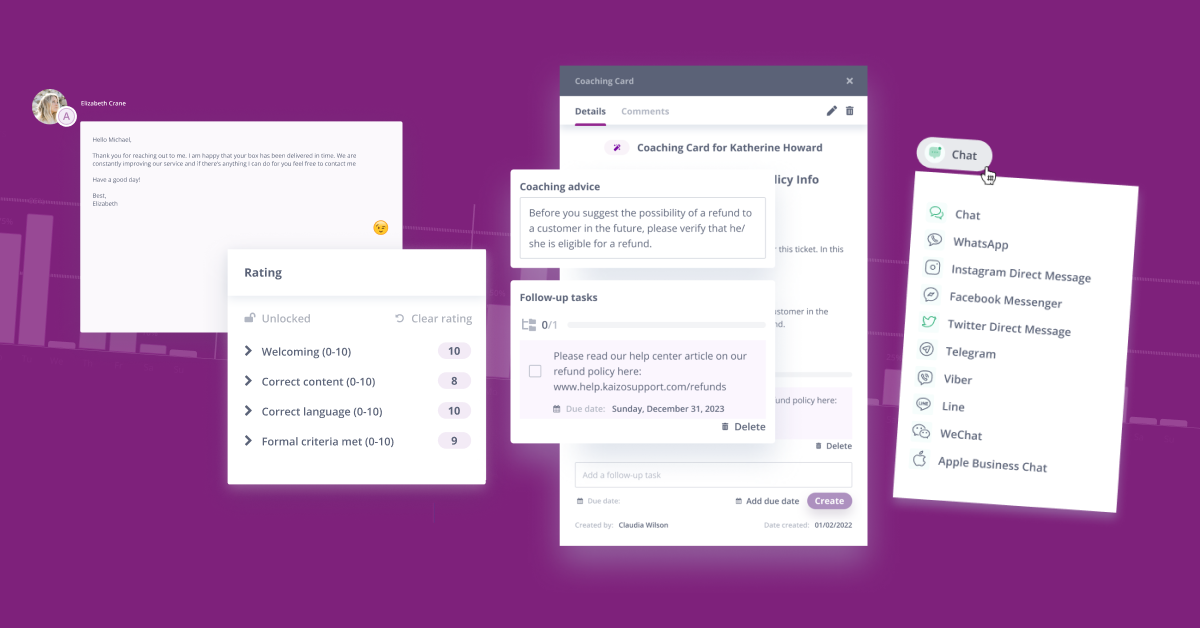
Quality monitoring
Setting up a Quality Assurance framework can help you to manage and measure your service quality. The framework guides your quality monitoring for your customer service teams and how you analyze the results and performance of your team against the framework. Luckily, QA software can streamline the process by proactively monitoring, measuring, and analyzing your team’s performance for you, directly from your CRM data.
Observation
There is a lot to be said about how people handle themselves. While coaching is generally short-term and task-oriented, observing an agent’s performance over time will provide greater insight. Suppose their performance is generally good but dips this week. In that case, you can intuit that it may not be their knowledge or skills impacting their performance.
Reflection
You want to coach people in a way that boosts both their confidence and ego so that you can have agents who are excited about improving their performance. Making the coaching journey transparent can help you achieve this.
And installing a tool that will give you access to all performance data with the click of a button? One that will provide you with notifications if there is an issue with someone’s performance. A tool where you can provide actionable insight based on real-time performance. One where coachable moments are easy to identify and even easier to action.
Implementing a solution that can help you save time, provide relevant data, improve your QA and most importantly, make coaching easier will significantly impact the performance of your teams.



